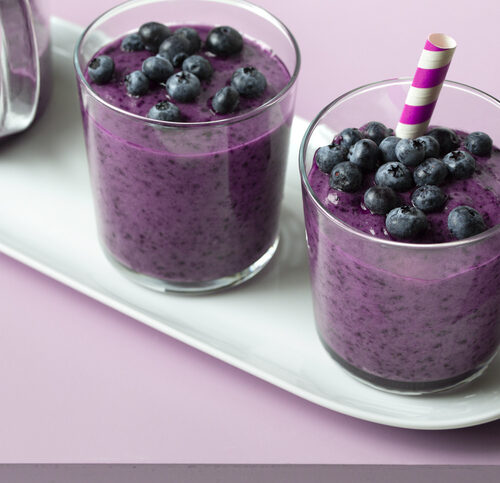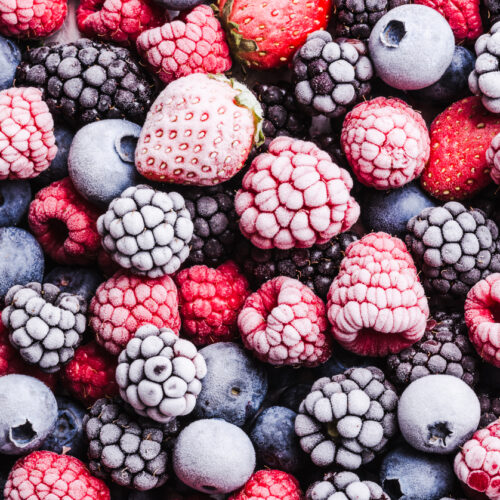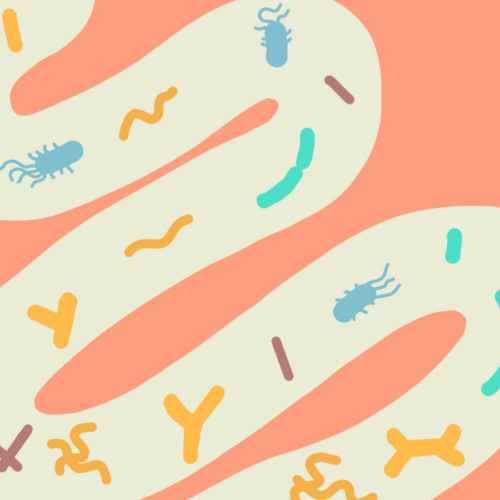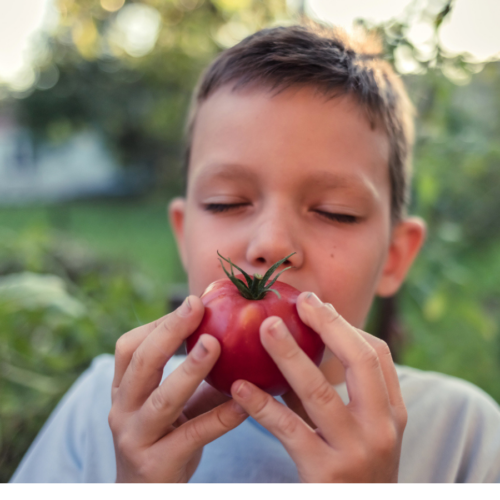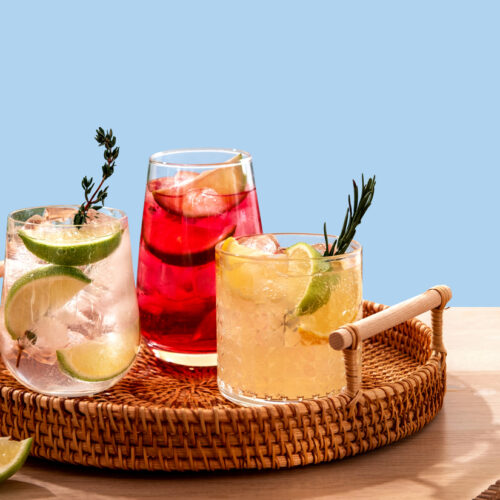
Q: "Do I need to be concerned about food safety and plastic wrap?"
(Name not supplied)A: Not as long as you follow a few basic rules. Plastic wrap we buy for home use is usually made from microwave-safe polyethylene (check the label) and is safe as long as you follow the directions on the pack. Here's how to use plastic wrap safely:
- Don't let plastic wrap touch food when microwaving.
- Leave a corner of the dish uncovered when microwaving to allow steam to escape. This reduces the risk of the plastic wrap being blown off and settling on the food.
- Use an alternative – an unprinted paper towel or a microwave-safe container with removable lid covering (not sealing) the food.
- When storing food in the fridge minimise contact with plastic wrap.
- Use containers or bags specifically designed for storing food in the freezer rather than using plastic wrap.
It's a good idea to be careful with commercial plastic wraps, the kind you find wrapping a tray of meat or a filled roll. These are usually made from PVC and contain the chemical DEHA (see table below). Tiny amounts of DEHA may migrate into fatty food (such as meat or cheese), especially if wrap touches the food during heating. Always remove meat from plastic wrap and trays before defrosting in the microwave.
Know your plastics
- DEHA: A food-compatible plasticizer which makes the plastic flexible. Small amounts may migrate into food under certain circumstances.
- PVC: Commercial plastic wraps made from PVC contain DEHA.
- Polyethylene: Plastic wrap we buy for home is usually made from microwave-safe polyethylene.
- PET: Most plastic water and soft drink bottles in New Zealand are made from PET which does not contain DEHA.
- Polycarbonate: A plastic often used in refillable water bottles and baby bottles.
www.healthyfood.com


